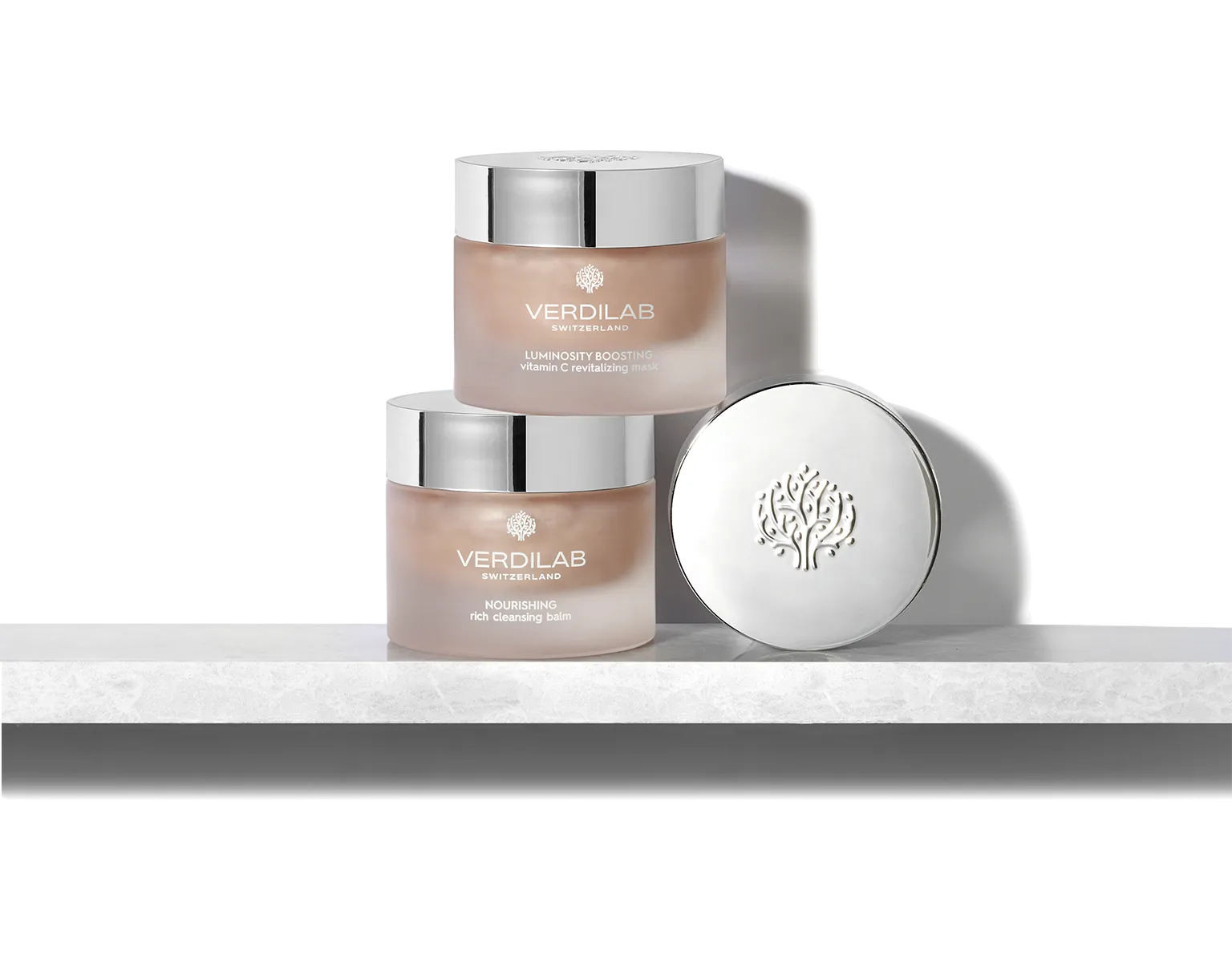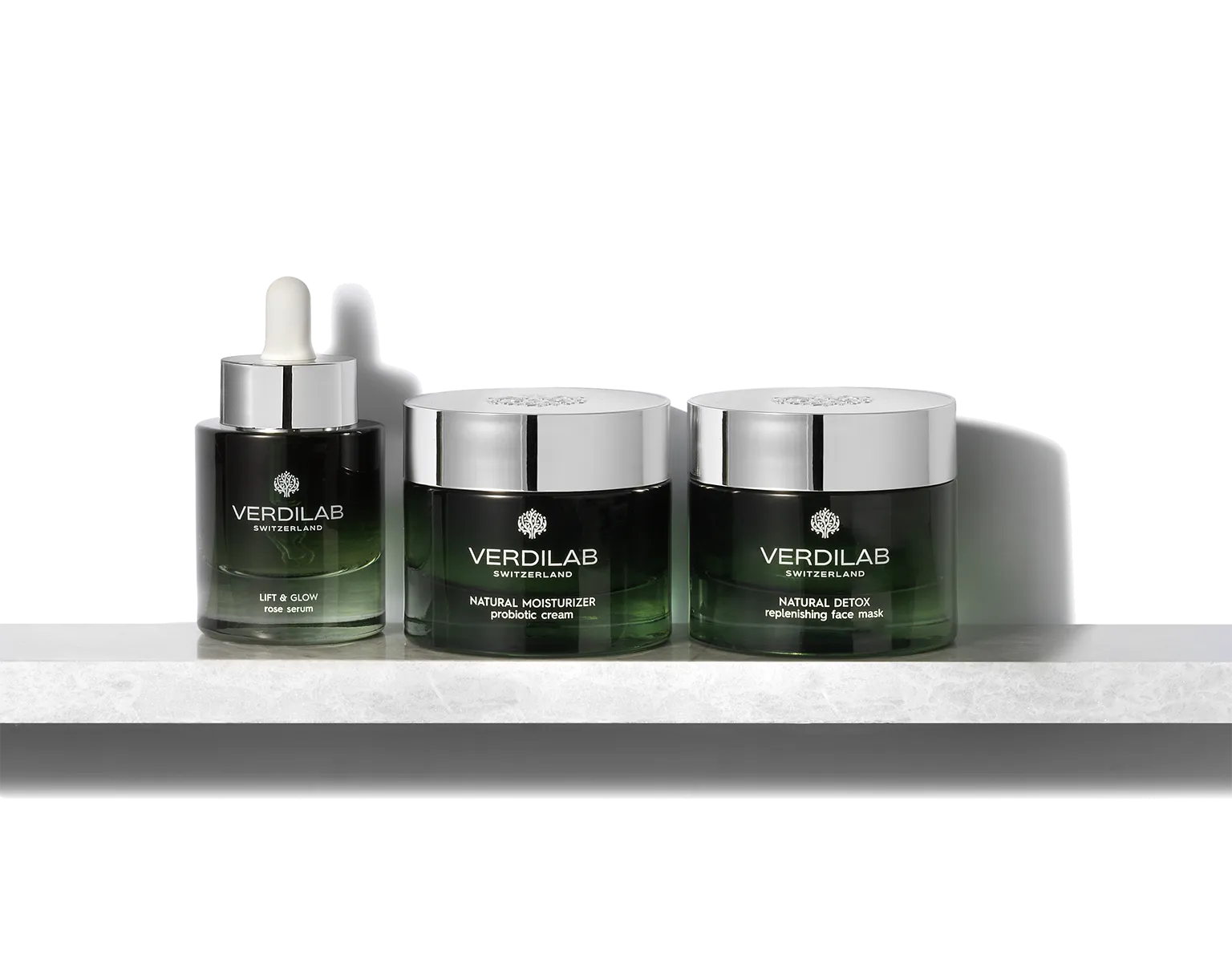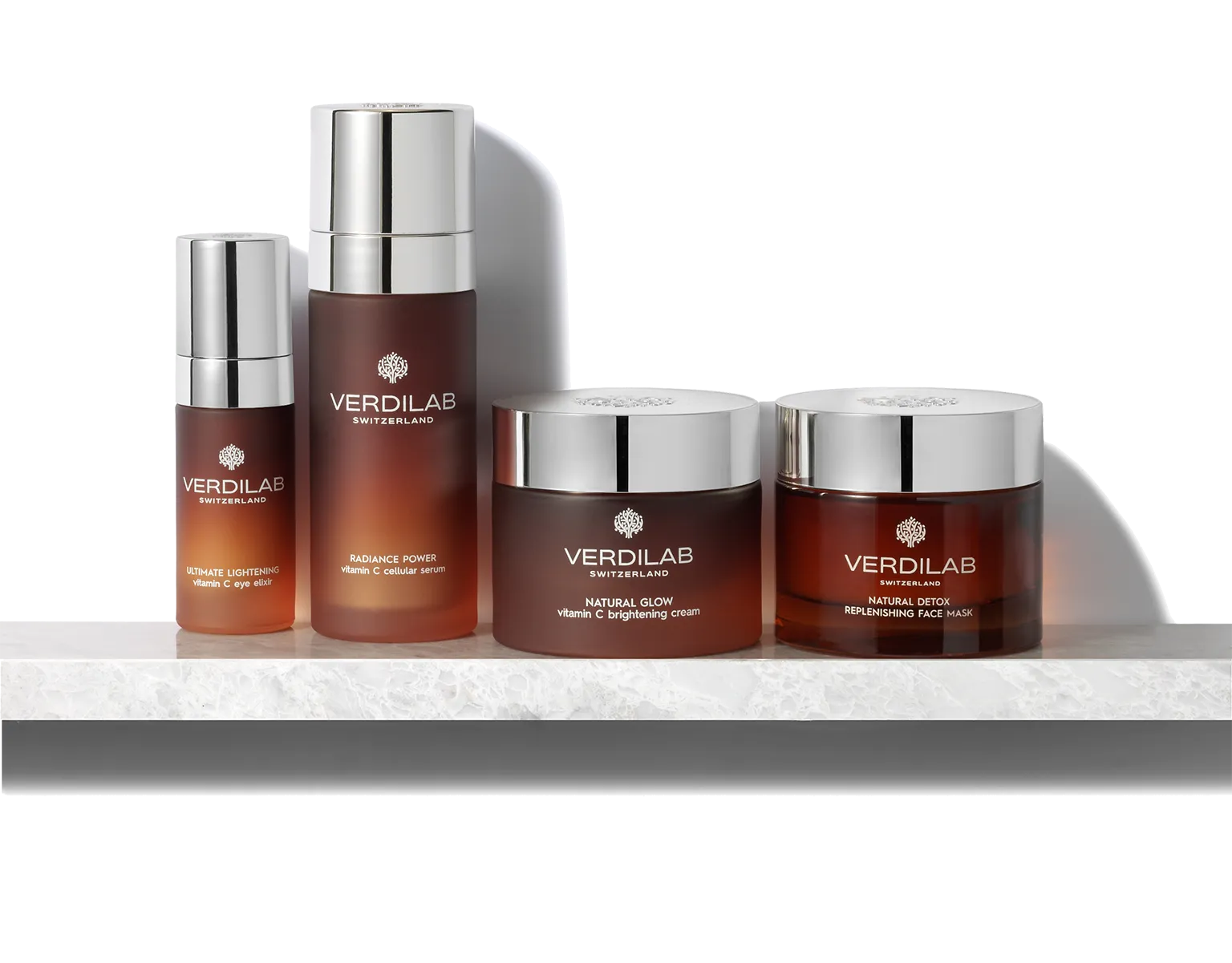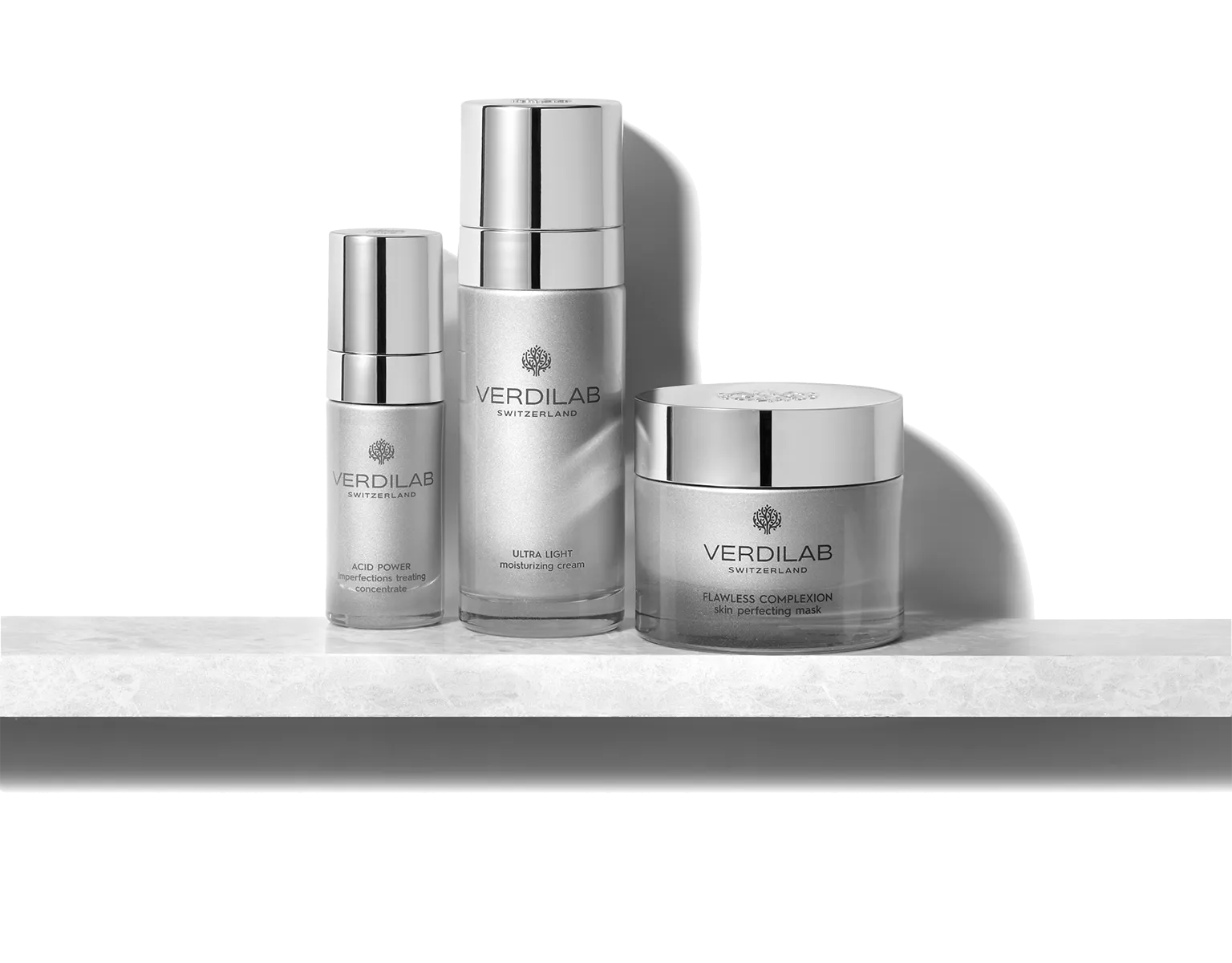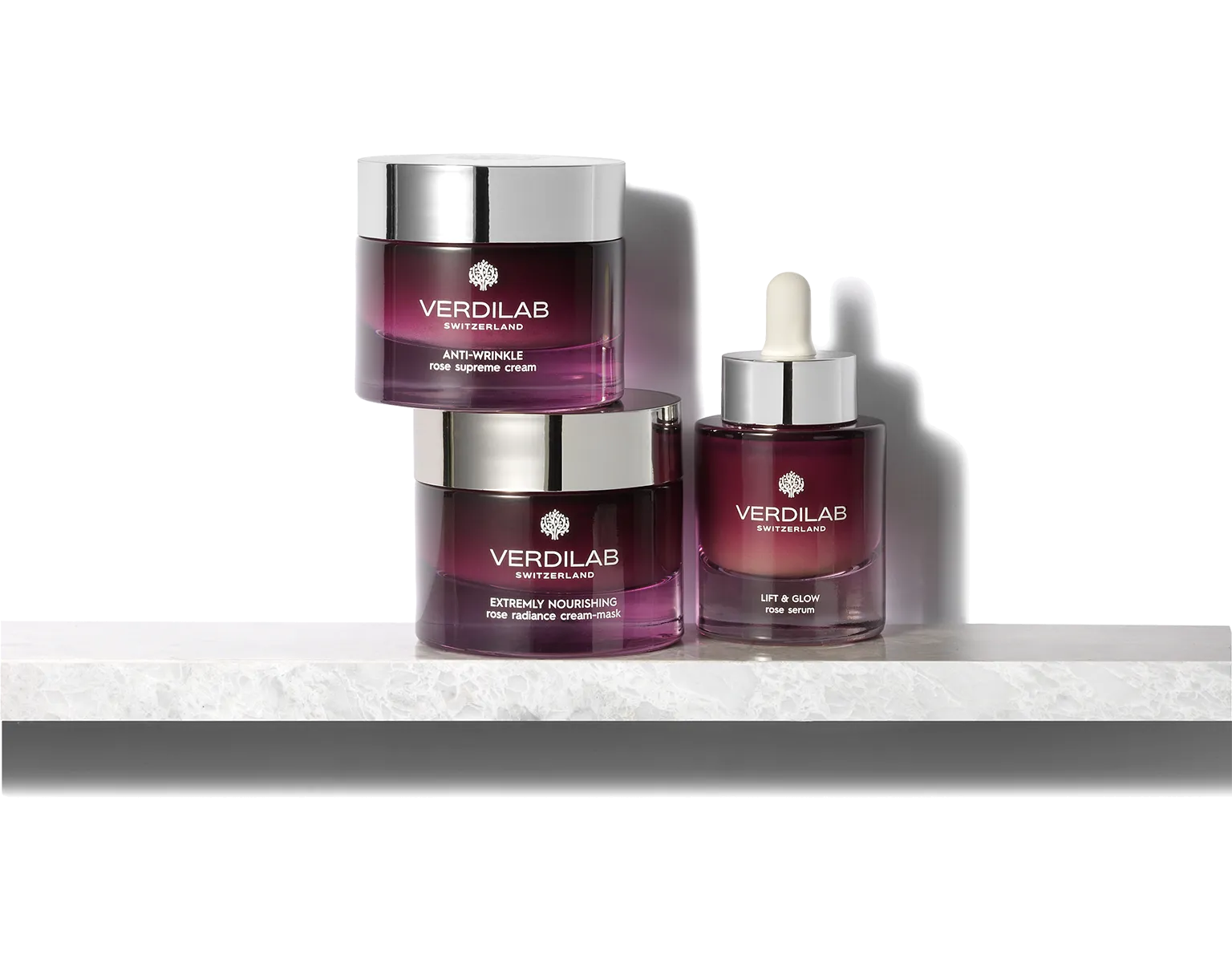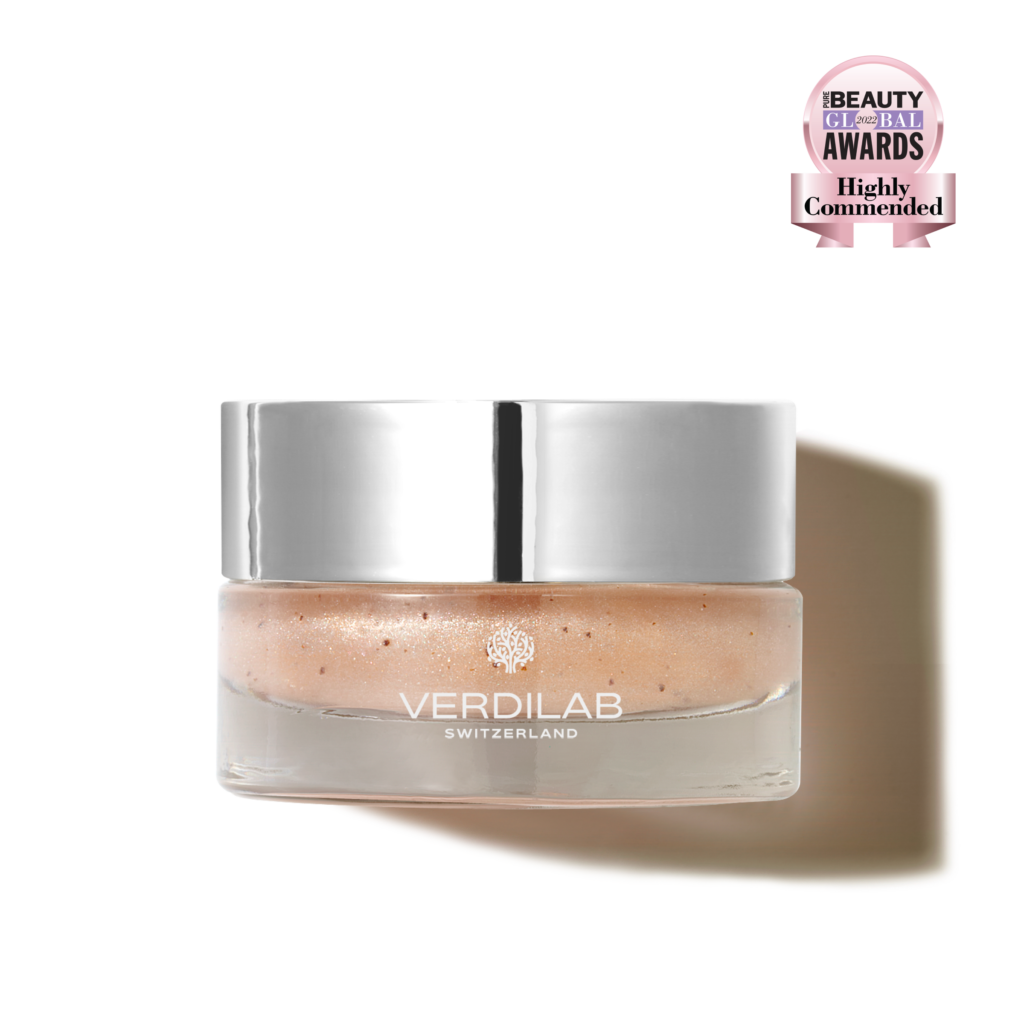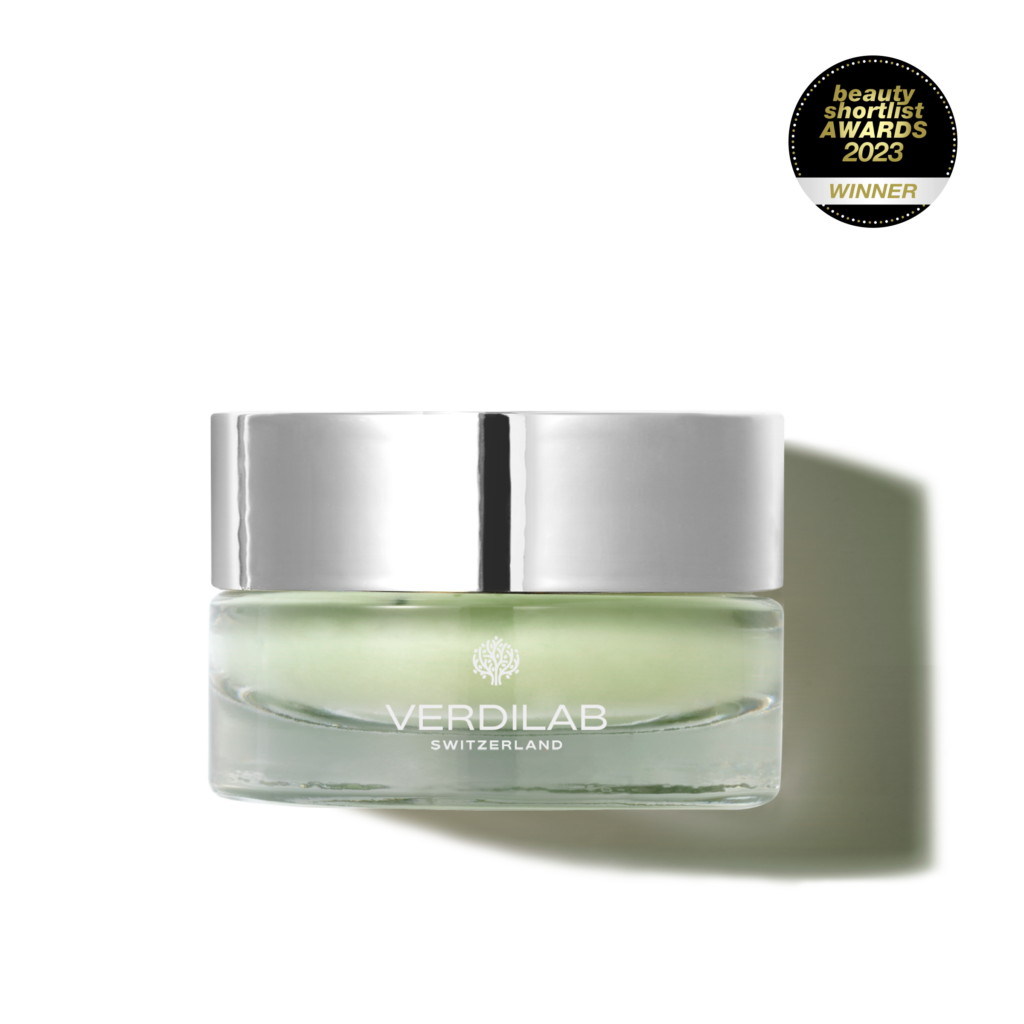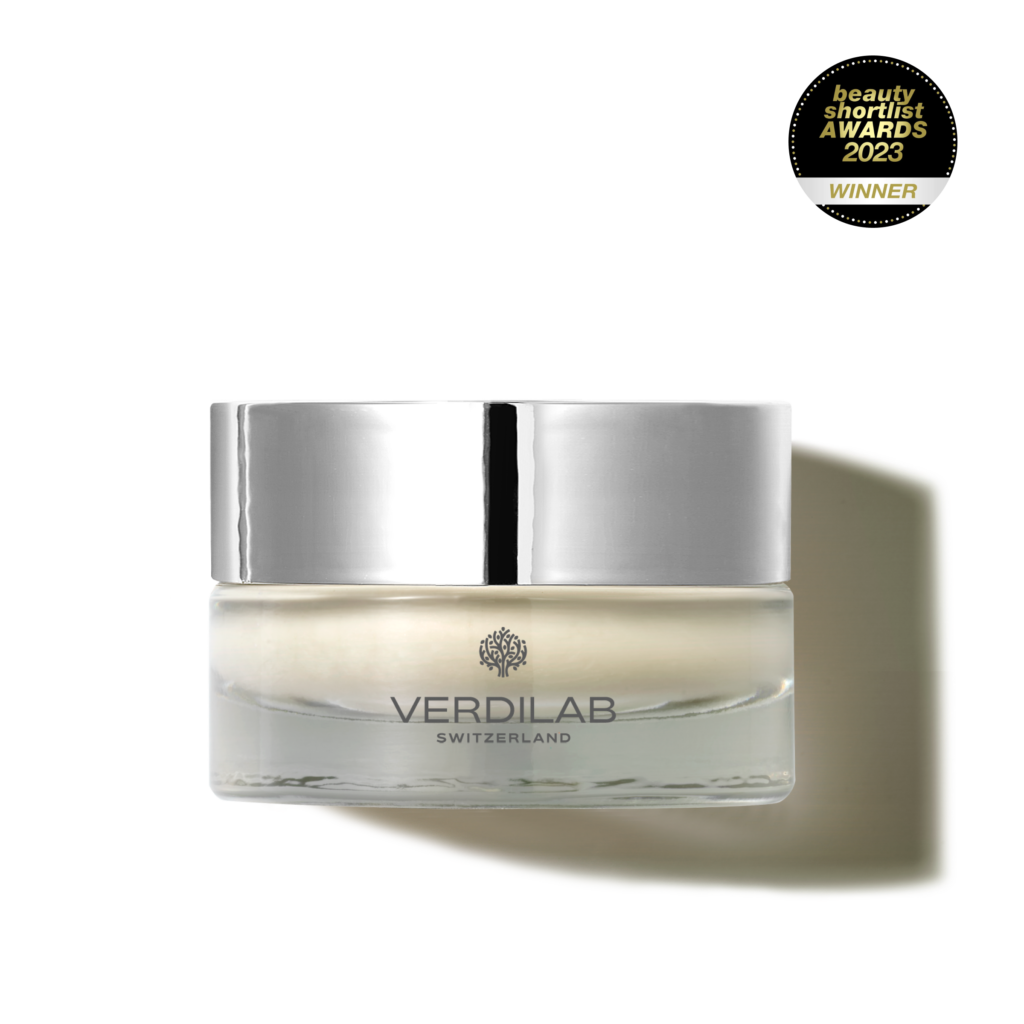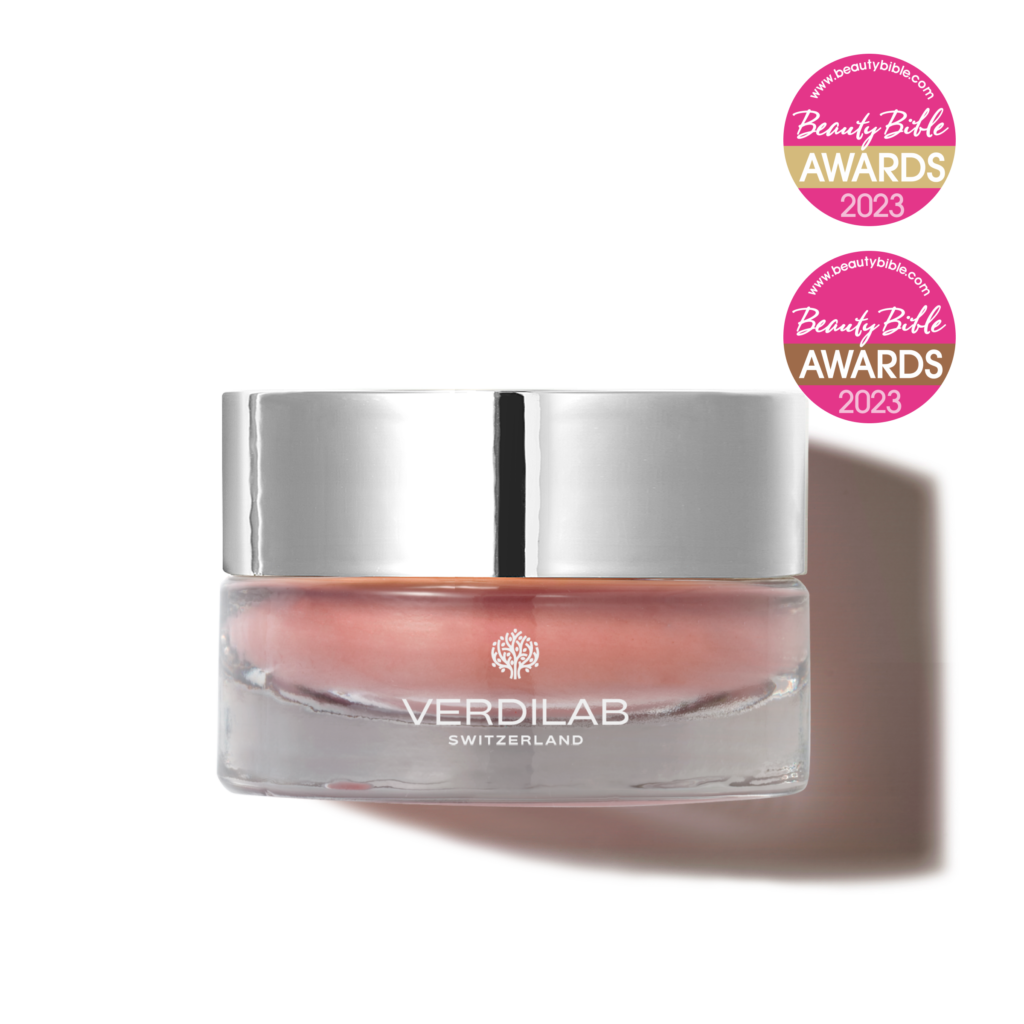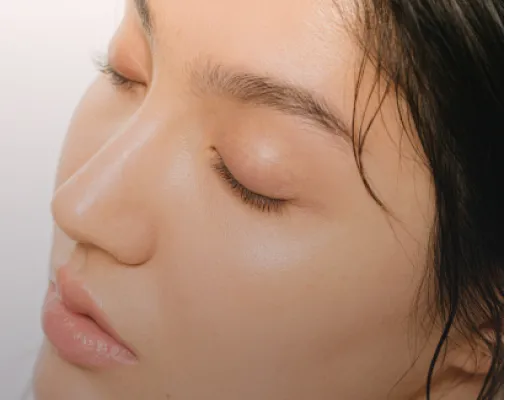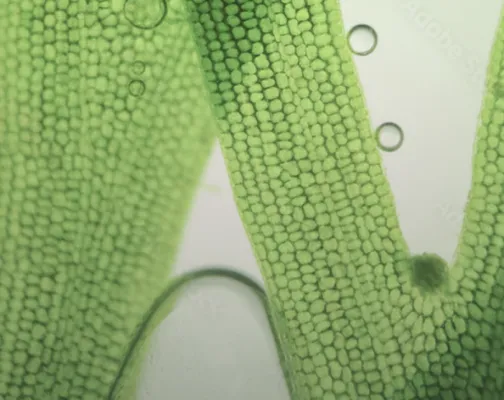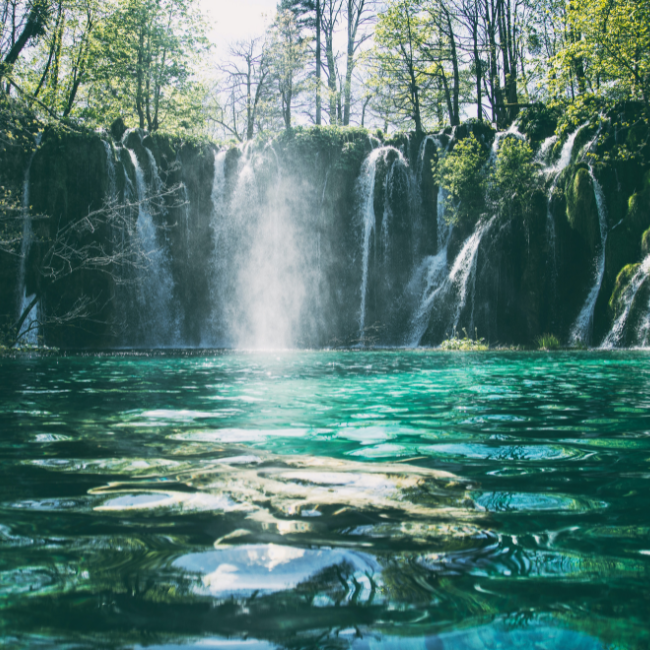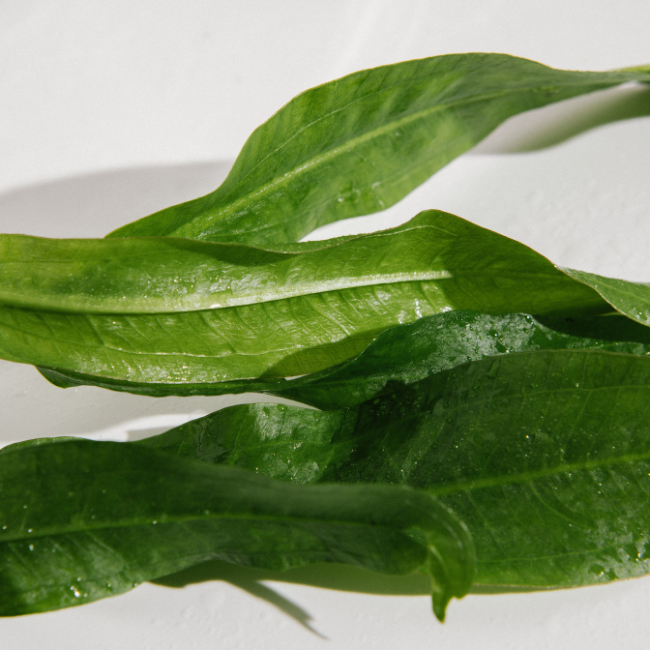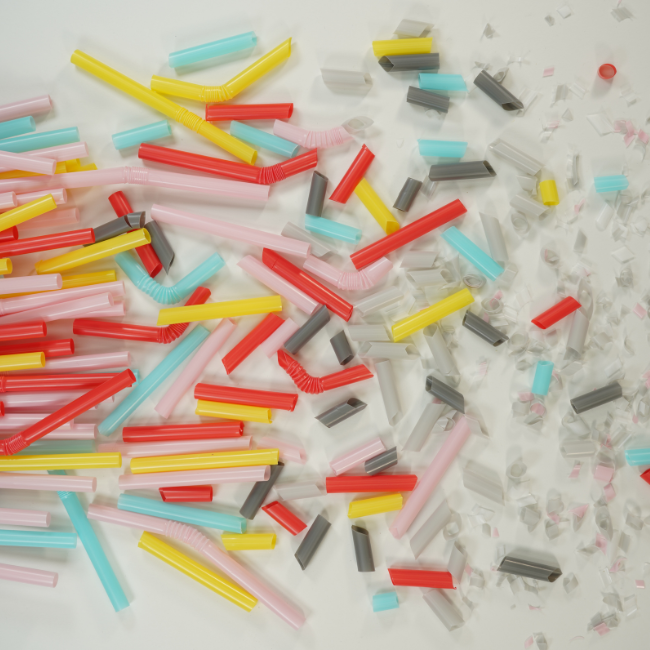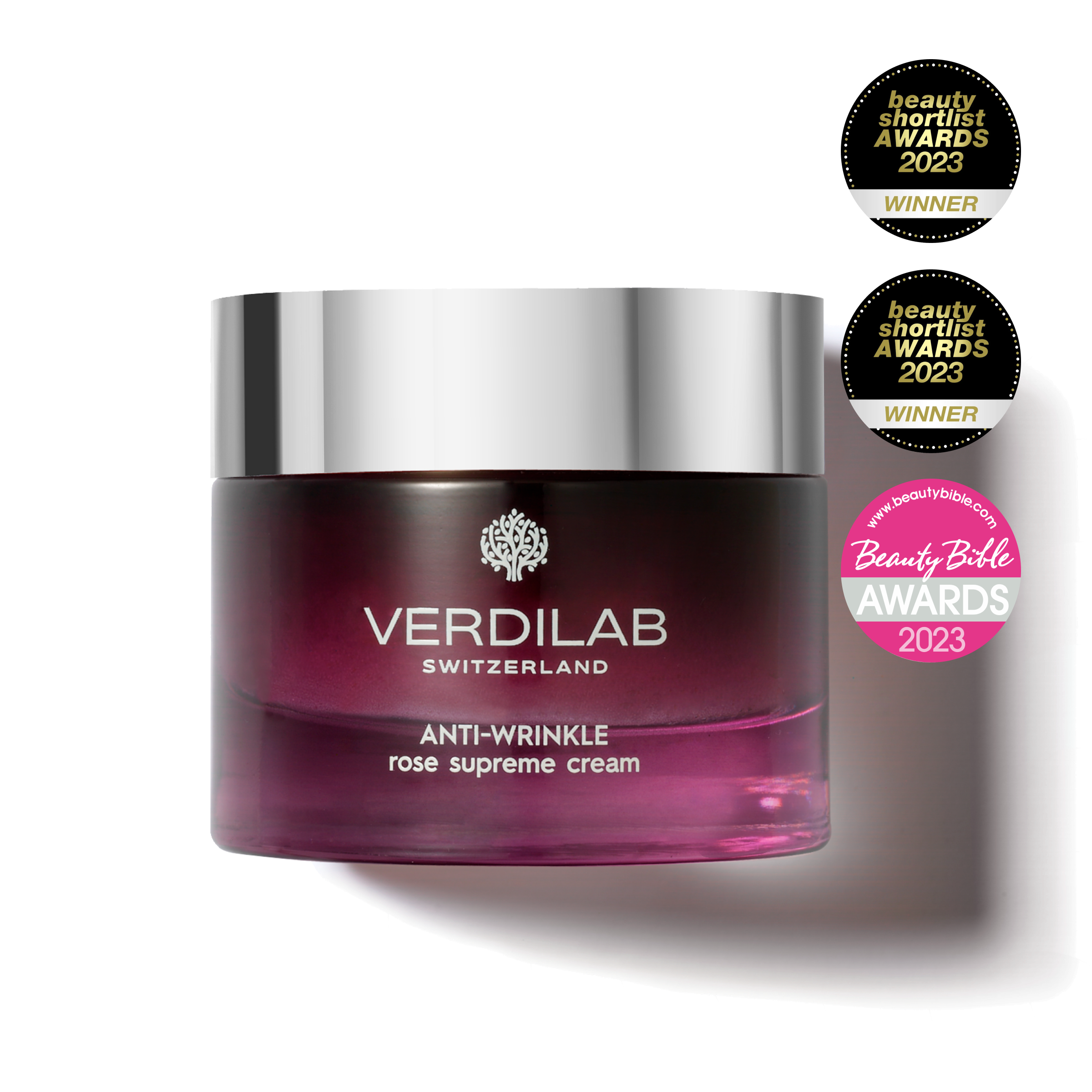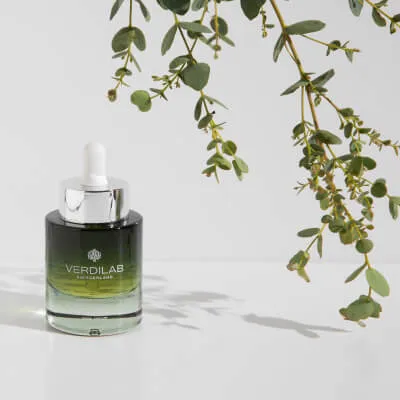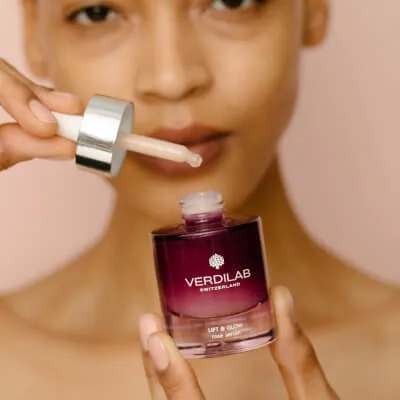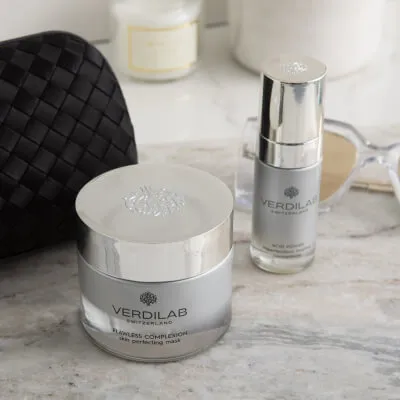- What Exactly Is Resveratrol and Why You Should Use It?
- What Are the Benefits of Resveratrol for Your Skin?
- What Are Antioxidants and Why Are They Beneficial?
- How Do Oxidative Stress and Antioxidants Affect the Skin?
- What Are the Anti-Aging Benefits of Resveratrol?
- Does Resveratrol’s Anti-Aging Benefits Work Topically?
- What Are the Side Effects of Resveratrol?
- How Do You Use It to Help Your Skin?
- How to Properly Use Resveratrol on Your Skin
- FAQs
If you’ve ever indulged in a glass of red wine for its heart-healthy benefits, then you probably already have an idea of what resveratrol can do for your body. Now, your next question may be what resveratrol does for your skin and why you should use it in your daily routine. Learning more about this powerful antioxidant’s effects gives you an edge for slowing down the effects of time on your appearance.
What Exactly Is Resveratrol and Why You Should Use It?
What is resveratrol? It is a super potent antioxidant that you can find naturally in a variety of food sources. Classified as a polyphenol, you’ll find it present in peanuts, blueberries and cranberries. While you can find it in many foods, one of the most prominent places you’ll discover it is in the skin of red grapes. You can even see the antioxidant coming through in that lovely red hue that gives red wine and purple grape juice their name.
So, what are the benefits of grapes rich in Resveratrol? Firstly, it’s good for your health because its antioxidant and anti-inflammatory properties protect you against damage from the sun, pollution and other environmental toxins. Secondly, resveratrol has also been shown to help improve heart health by protecting LDL cholesterol from oxidation and helping to keep arteries clear.
Thirdly, it may even save your life since clinical studies have shown that its antioxidant and anti-inflammatory properties protect you against severe diseases like cancer, cardiovascular disease and Alzheimer’s.
Lastly, the same qualities that make resveratrol good for your insides are what make it great for your skin too. Read on to discover the benefits of using resveratrol in your skincare routine.
What Are the Benefits of Resveratrol for Your Skin?
Like it does inside your body, resveratrol helps protect your skin from environmental damage and oxidative stress while reducing inflammation. This antioxidant-rich substance quickly goes to work in your body to start reducing the impact of free radicals that can hinder your skin cell’s essential processes. This soothing effect on your skin helps reduce inflammation and slow down the appearance of aging.
This process makes it an excellent choice for anyone looking for an anti-aging skincare solution and people with skin conditions like acne or rosacea. While it’s working its magic, you will notice how luxurious your skincare products make you feel as they soften your skin. One reason for that is because resveratrol works beneath the skin’s surface to help cells regenerate, hydrate and eliminate free radicals before they cause significant oxidative stress in your body.
What Are Antioxidants and Why Are They Beneficial?
Antioxidants are special molecules designed to help reduce oxidation in the cells. When your cells convert food into energy, they form waste products that you’ll hear being referred to as free radicals. However, your body also creates free radicals in response to stress.
For instance, excessive exercise can stress your body and cause it to produce free radicals. Also, some free radicals are introduced to your system when you breathe them in or eat toxins that come from the environment. Antioxidants help to block the effects of free radicals, so that less oxidation occurs within your skin cells.
How Do Oxidative Stress and Antioxidants Affect the Skin?
The simplest way to look at the answer to this question is to know that free radicals are the bad guys that contribute to the oxidative stress that leads to damage to your skin. Antioxidants are the good guys that fight off free radicals and help with cellular regeneration. If you don’t have enough antioxidants in your body to clear the free radicals, then you’ll notice the effects of oxidative stress faster.
And unfortunately, oxidative stress can lead to premature aging and the fine lines and wrinkles that accompany it. You might also notice more inflammatory symptoms such as redness or flare-ups of autoimmune conditions like psoriasis. Helping to reduce oxidative stress prevents these types of skin problems and can help to reverse their symptoms in certain situations, such as eczema.
What Are the Anti-Aging Benefits of Resveratrol?
On the inside of your body, resveratrol helps to slow down oxidative stress so that you experience less inflammation that impacts your cell’s processes. On the surface of your skin, you’ll see the anti-aging benefits of resveratrol as more softness and suppleness as your cells are able to produce collagen and keep the blood properly flowing so that you maintain that rosy glow that people associate with youthfulness.
Does It Offer Protection for Nerve Cells?
Resveratrol’s benefits extend throughout your body, and they can impact other cells beyond just the ones that help rebuild your skin. For example, in one study, resveratrol was shown to profoundly affect nerve cell regeneration in a sciatic nerve crush injury model.
While you might not immediately see a connection between the sciatic nerve and your skin, it is essential to know that your skin’s cells rely upon communication with the nerves to promote healing. Therefore, keeping your nerves functioning their best not only reduces pain but can also help to reduce inflammation that slows down healing when your skin experiences oxidative stress from exposure to the sun’s UV rays and environmental toxins.
Does Resveratrol’s Anti-Aging Benefits Work Topically?
The revolutionary benefits of resveratrol appear to be even more effective when you apply the product directly to your skin versus taking it orally. The reason for this is that your body quickly metabolizes and excretes resveratrol from its systems when you take it orally through a supplement or in your diet. So, while you’ll still get some of the benefits from including more resveratrol-containing products in your diet, you’ll also find that using it in your skincare products allows for more efficient delivery of the antioxidant to the areas where you need it most.
What Are the Side Effects of Resveratrol?
The body’s ability to quickly utilize the benefits of resveratrol and excrete unnecessary compounds provides it with a low toxicity level for humans. Although excessive consumption can lead to diarrhea and nausea in some people, this typically only happens when someone takes large amounts of oral supplements. Using resveratrol products on your skin shouldn’t lead to any irritation, yet you can perform a patch test if you tend to have sensitivities to other ingredients.
How Do You Use It to Help Your Skin?
Since you are working with an antioxidant, it helps to use products that contain resveratrol in the morning when it has the best chances of helping your skin combat the various threats it encounters during the day. For instance, using your skin cream in the morning helps your body be ready to fight off the effects of the UV rays that you encounter during your morning jog or commute to work.
You can also benefit from using a skin care system with antioxidants in your nighttime products. For example, applying resveratrol before bed can help your skin cells perform their regenerative processes to fight off oxidative stress as you sleep. Waking up to fresh, clear skin gives you a wonderful start to your day that helps the skin cells have more energy to stand up to the stresses of your daily routine.
How Do You Know If Your Skin Needs Resveratrol?
Essentially, everyone’s skin can benefit from resveratrol since it is a natural antioxidant with healing properties that are tolerated by every skin type. While you might associate using products containing this antioxidant with aging, it helps to use it before you notice those lines and wrinkles creeping in.
Naturally, the most obvious way to know if you need to use resveratrol is if you already see the telltale signs of aging in your appearance. Fine lines, sagging skin, and dryness are a few signs that you can supplement your skincare routine by using products containing this ingredient.
You may also choose to use products with resveratrol if you have signs of inflammation in your skin. For example, after being out in the sun, those red cheeks don’t always mean that you have a healthy glow. Instead, they could indicate that your body’s skin cells struggle to protect themselves from oxidative stress. People who have excessive dryness will also find that adding this antioxidant to their moisturizers helps the cells to take in more moisture. Think of it: your flaky, irritated skin can become a thing of the past.
Some Best Practices for Using Resveratrol on Your Skin
The first step in using resveratrol for your skin is by looking for products that contain a high purity grade natural Trans-resveratrol.
VerdiLab’s Anti-Wrinkle Rose Supreme Creme contains this key ingredient, which is sustainably sourced from Japanese Knotweed Root extract. These polyphenol molecules are much better utilized by the body than regular Resveratrol coming from red grapes. VerdiLab’s believes this is a much more valuable ingredient that provides the skin with scientifically proven anti-oxidant and anti-aging properties.
How to Properly Use Resveratrol on Your Skin
The best way to apply Resveratrol on your skin is by always following the instructions/directions provided by the manufacturer.
For example, VerdiLab’s Anti-Wrinkle Rose Supreme Creme goes on twice a day, and all you have to do is apply it by using soft, upward motions that are gentle on your skin.
Once you apply Rose Supreme Creme properly, you’ll enjoy results such as skin hydration and nourishment that gives you a rosy and rested look, along with protection against damaging free radicals.
And while you might find resveratrol included in other products, you’ll want to be careful to only use ones that are manufactured using the best type of Resveratrol such as a high purity grade natural Trans-resveratrol.
Finding an all-natural product that contains free radical-fighting ingredients is like adding a new weapon against aging to your skincare regimen. Are you ready to see the benefits of resveratrol for your skin yourself? You can try one of our order trials or pick out a product based upon your skin care needs to start seeing the changes that antioxidants provide for giving you more youthful skin.
Questions
What benefits does resveratrol bring to my face?
Resveratrol is an antioxidant that helps to fight the signs of aging. It can be found in many skin care products and provides a range of benefits, such as: reducing fine lines and wrinkles, fighting inflammation, restoring moisture levels to dry skin, and protecting skin cells from oxidative stress.
Is resveratrol better for your skin than retinol?
Resveratrol is a natural antioxidant that helps to fight the signs of aging, while retinol is an artificial form of vitamin A. Both have their own benefits, but resveratrol is thought to be more gentle on the skin and provide better overall results. Additionally, high concentrations of retinol can cause retinol burn, which could result in dry skin, painful irritation, redness or discoloration and flaking.
Can you topically apply retinol and resveratrol products together?
Yes, resveratrol is typically well-tolerated with ingredients like retinol, vitamin C and AHAs/BHAs. However, it is important to start slowly when using these ingredients together, as some of them can sometimes cause irritation. Apply a small amount of each product to a test area on your skin and wait 24 hours to see how your skin reacts before applying them more generously.
